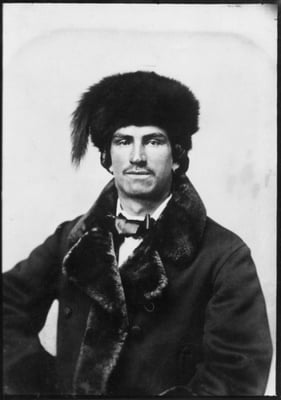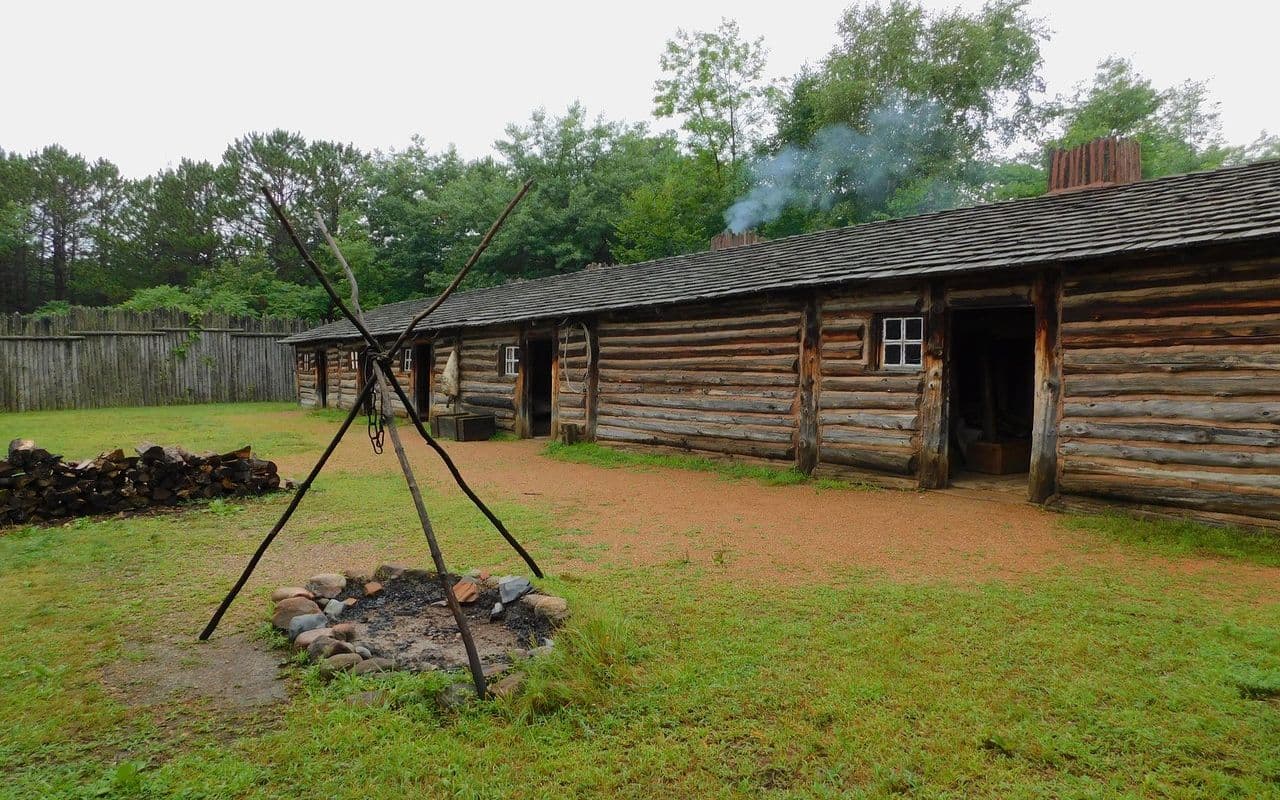Minnesota"s rich history, marked by fur traders and pioneers, is a crucial aspect of the state"s identity as discussions about its future intensify. The state, which became the 32nd in the Union on May 11, 1858, has seen significant cultural and demographic shifts over the years.
In the late 17th century, French fur traders like Pierre-Charles Le Sueur established trade networks with Native American tribes, setting the stage for the fur trade that flourished under British and later American control. By the early 19th century, the American Fur Company dominated the trade, leading to increased settlement following the 1803 Louisiana Purchase and treaties with the Dakota and Ojibwe.
The U.S.-Dakota War of 1862 marked a turning point, resulting in hundreds of deaths and the largest mass execution in U.S. history, impacting the Dakota community profoundly. Despite this tumultuous past, Minnesota experienced rapid growth in the late 19th century, with the timber industry and flour milling emerging as economic powerhouses, particularly in Minneapolis.
Today, Minnesota"s narrative continues to evolve, with ongoing debates about its cultural identity and demographics. As the state grapples with modern challenges, understanding its historical roots remains essential for its citizens. For further insights into how contemporary issues are shaping discussions in Minnesota, see recent developments on related coverage.

Image for Explore Minnesota"s Rich Heritage: From Fur Traders to Statehood








![[Video] Coast Guard sniper takes out narco-boat in Eastern Pacific](/_next/image?url=%2Fapi%2Fimage%2Fthumbnails%2Fthumbnail-1765029104101-04awi-thumbnail.jpg&w=3840&q=75)